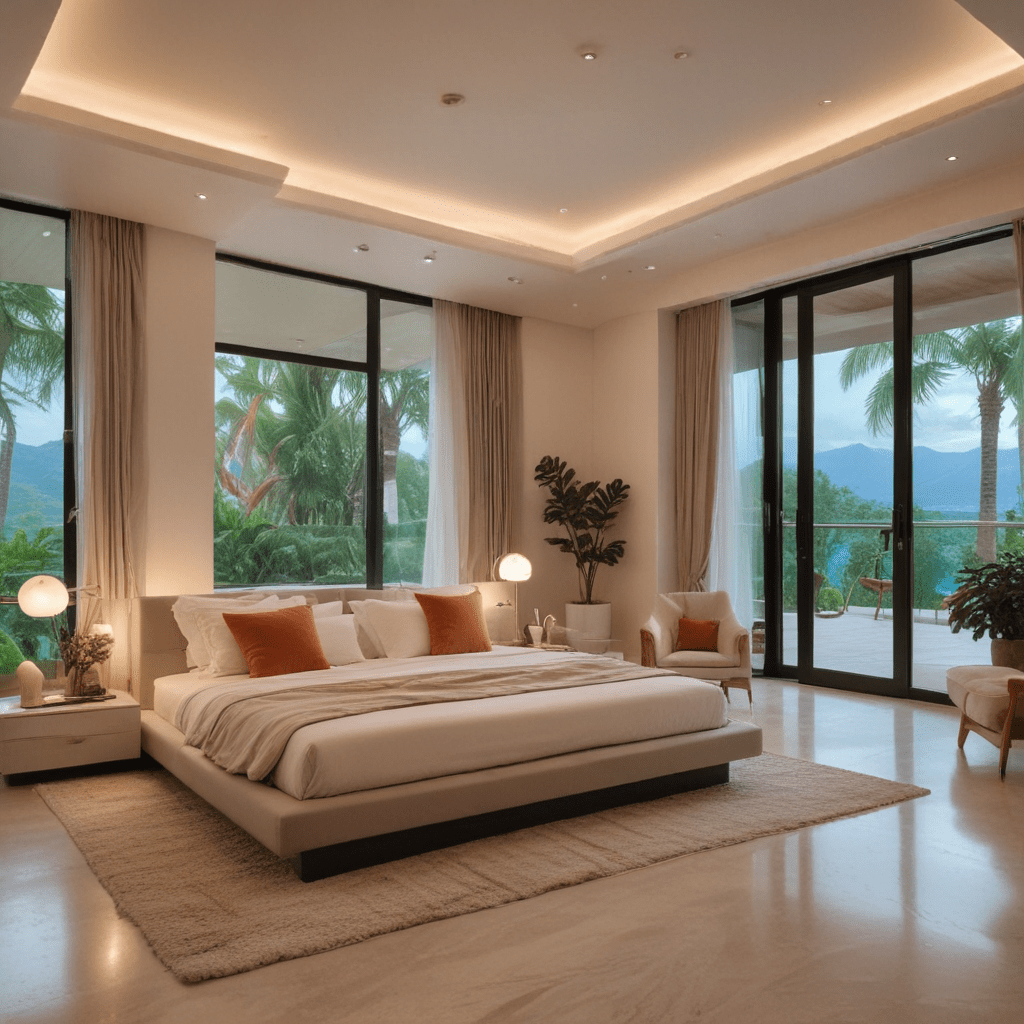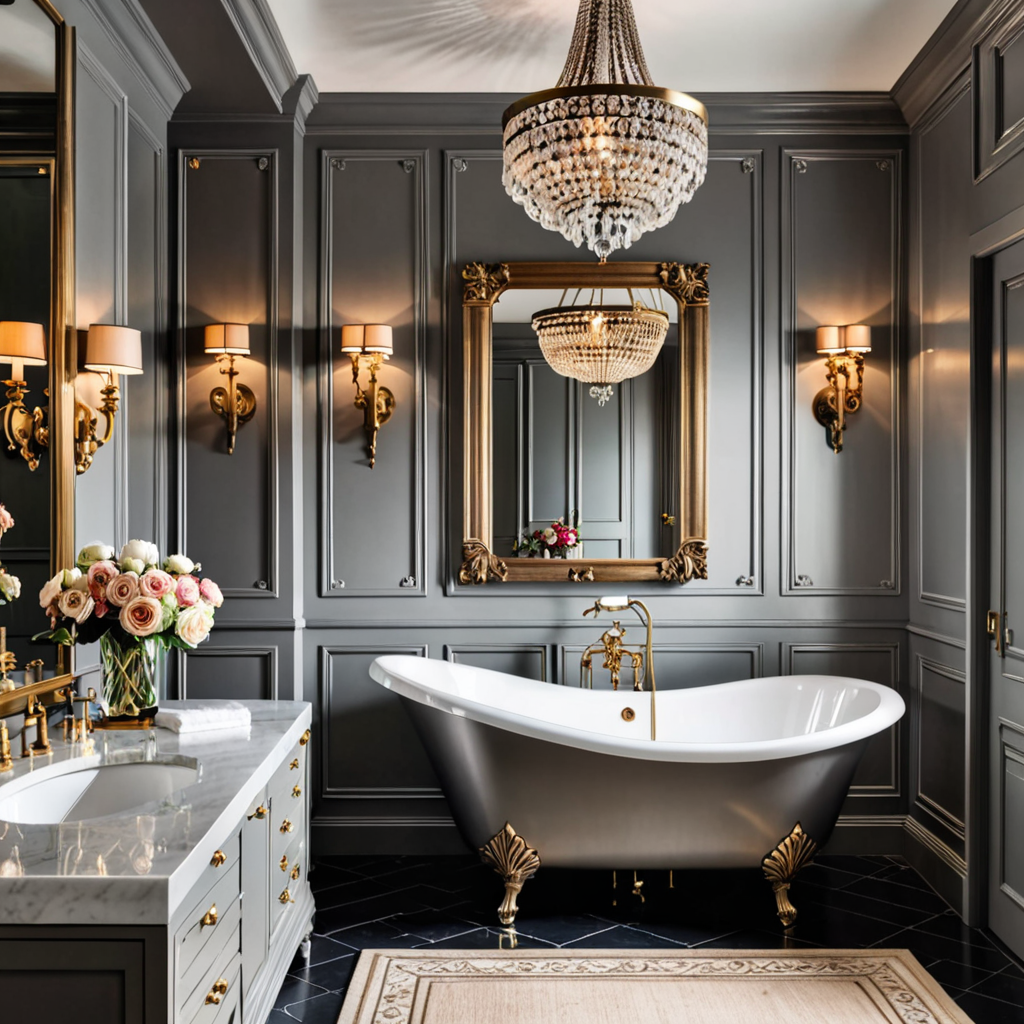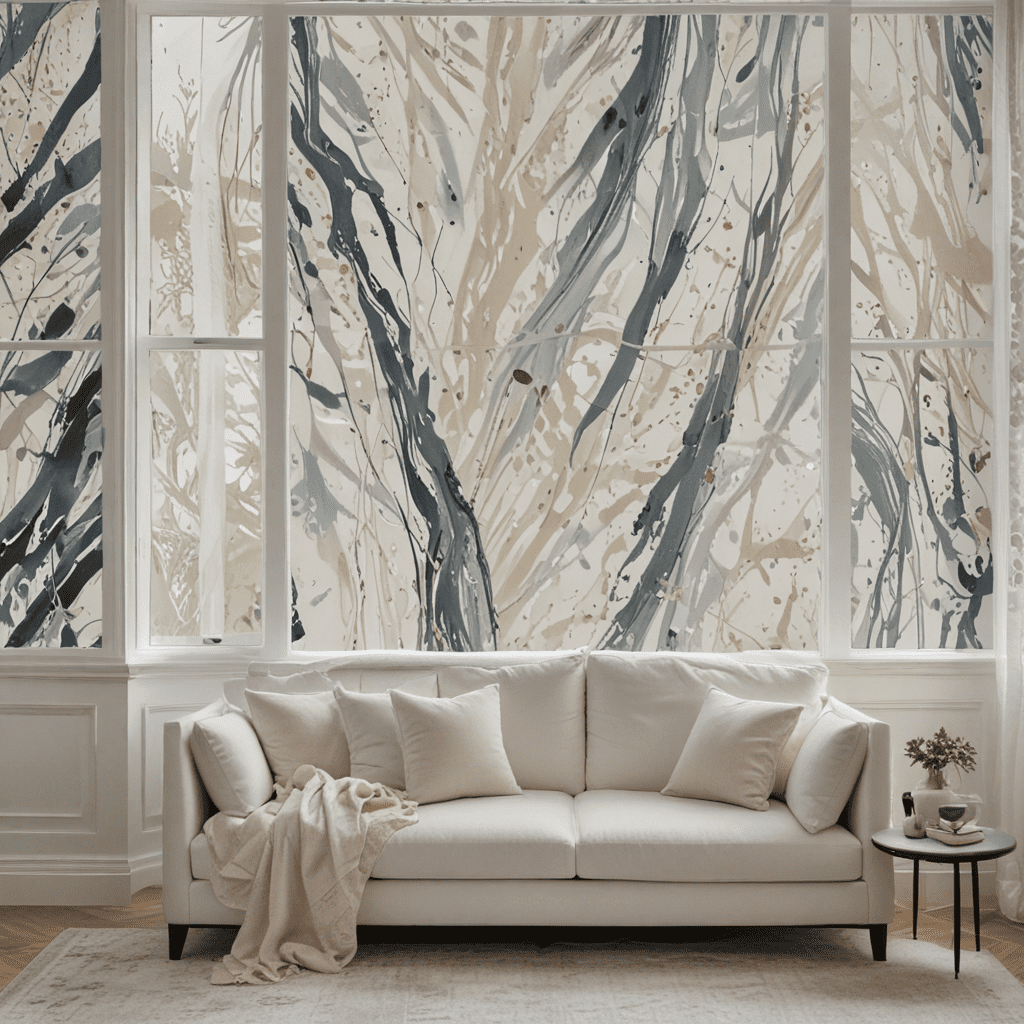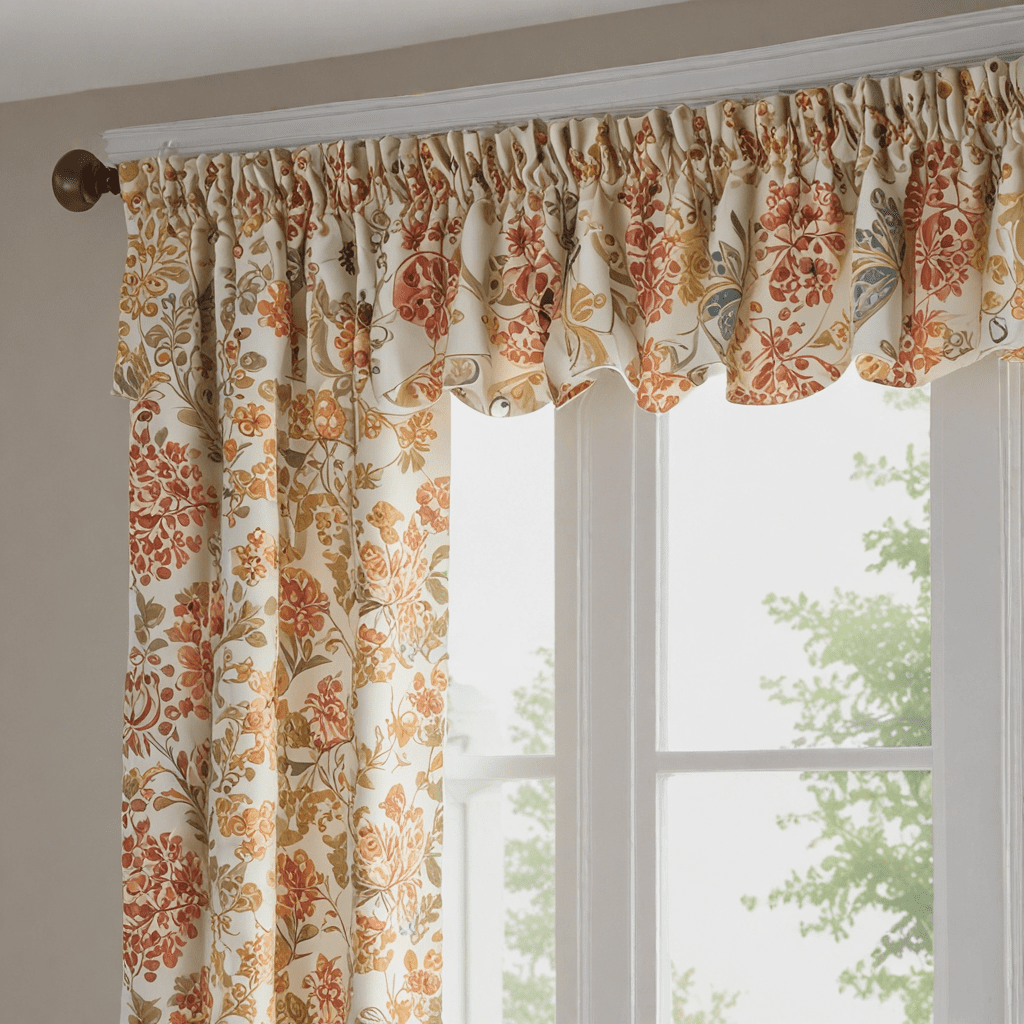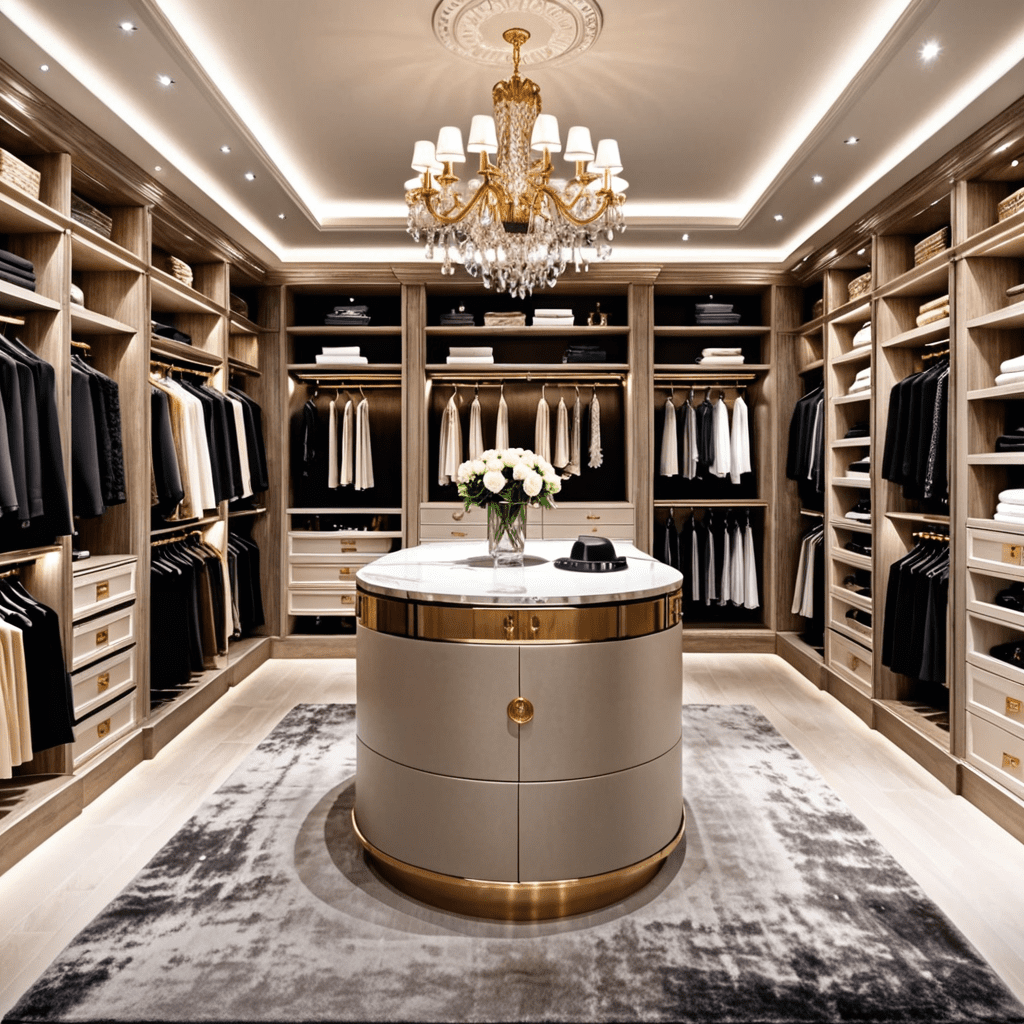Embracing Nature: Biophilic Design in Interior Spaces
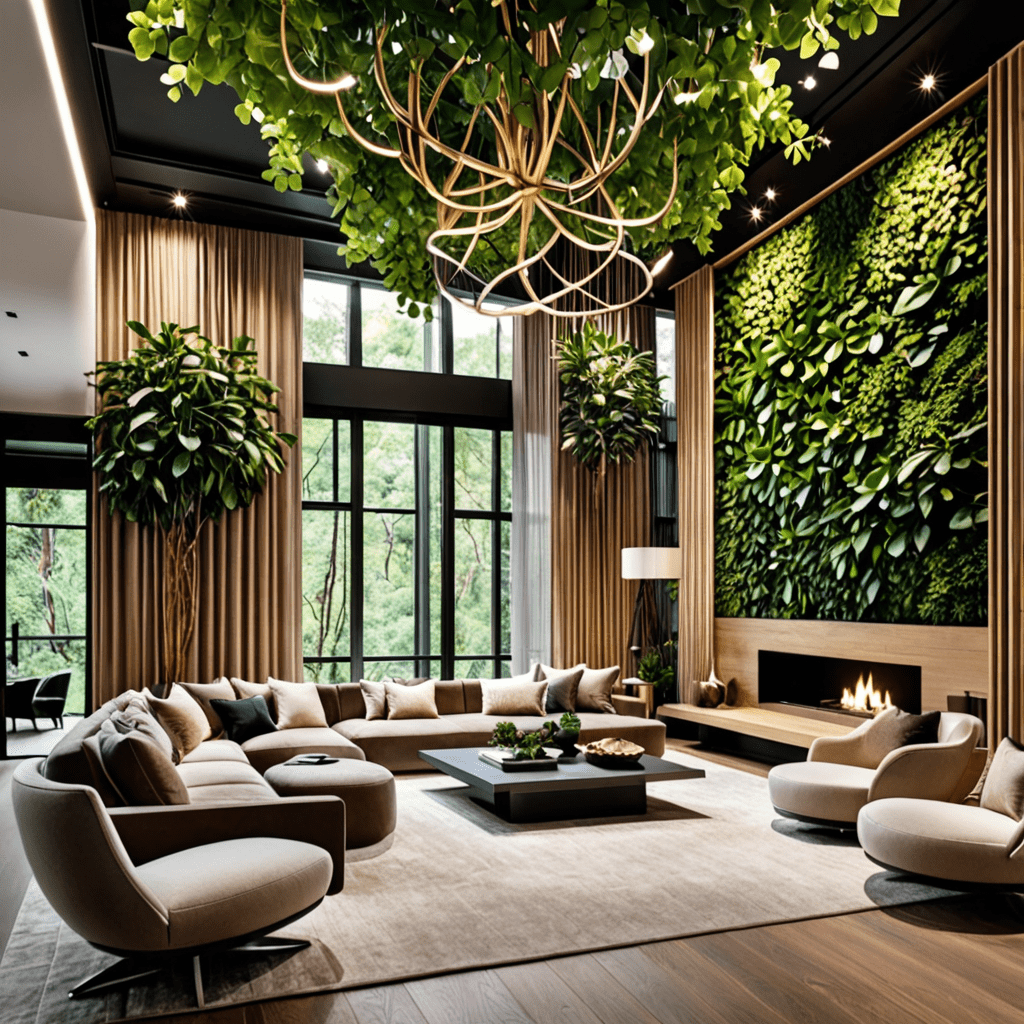

Embracing Nature: Biophilic Design in Interior Spaces
1. What is Biophilic Design?
Biophilic design is an approach to interior spaces that focuses on incorporating elements of nature to enhance the well-being and connection of individuals with their surroundings. By integrating natural materials, colors, and patterns, biophilic design aims to create spaces that mimic the tranquility and harmony found in nature.
2. The Benefits of Biophilic Design
Biophilic design offers numerous benefits for both individuals and the environment. Some of these benefits include:
- Improved mental health and well-being
- Enhanced productivity and creativity
- Reduced stress and anxiety levels
- Increased air quality and ventilation
- Energy efficiency
3. Incorporating Biophilic Design Principles
To create a biophilic interior, consider implementing the following design principles:
- Use natural materials, such as wood and stone, for flooring and furniture
- Maximize natural light through large windows and skylights
- Add indoor plants and living walls for improved air quality
- Incorporate natural colors and patterns inspired by the outdoors
- Create spaces that promote views of nature, either through windows or artworks
- Introduce water features, like indoor fountains or aquariums, for a calming effect
- Include tactile elements, such as pebbles or moss walls, to engage the senses
4. Biophilic Design in Different Spaces
Biophilic design can be applied to various interior spaces, including:
- Residential homes
- Office environments
- Healthcare settings
- Educational institutions
- Hospitality venues
- Retail stores
5. The Future of Biophilic Design
As society becomes more aware of the importance of nature and its impact on our well-being, biophilic design is expected to become increasingly popular. With advancements in technology and sustainable practices, it is possible to create innovative and immersive biophilic interiors that benefit both individuals and the planet.
FAQ
Q: Can biophilic design be implemented in small spaces?
A: Yes, biophilic design can be tailored to fit any space, regardless of its size. Even in small apartments or rooms with limited natural light, elements such as potted plants, natural materials, and nature-inspired artwork can be incorporated to create a biophilic environment.
Q: Are there any specific plant species that work well in biophilic design?
A: There are numerous plant species that thrive in indoor environments and work well in biophilic design. Some popular choices include pothos, spider plants, snake plants, and ZZ plants. It’s important to select plants that can withstand the lighting and temperature conditions of the specific space.
